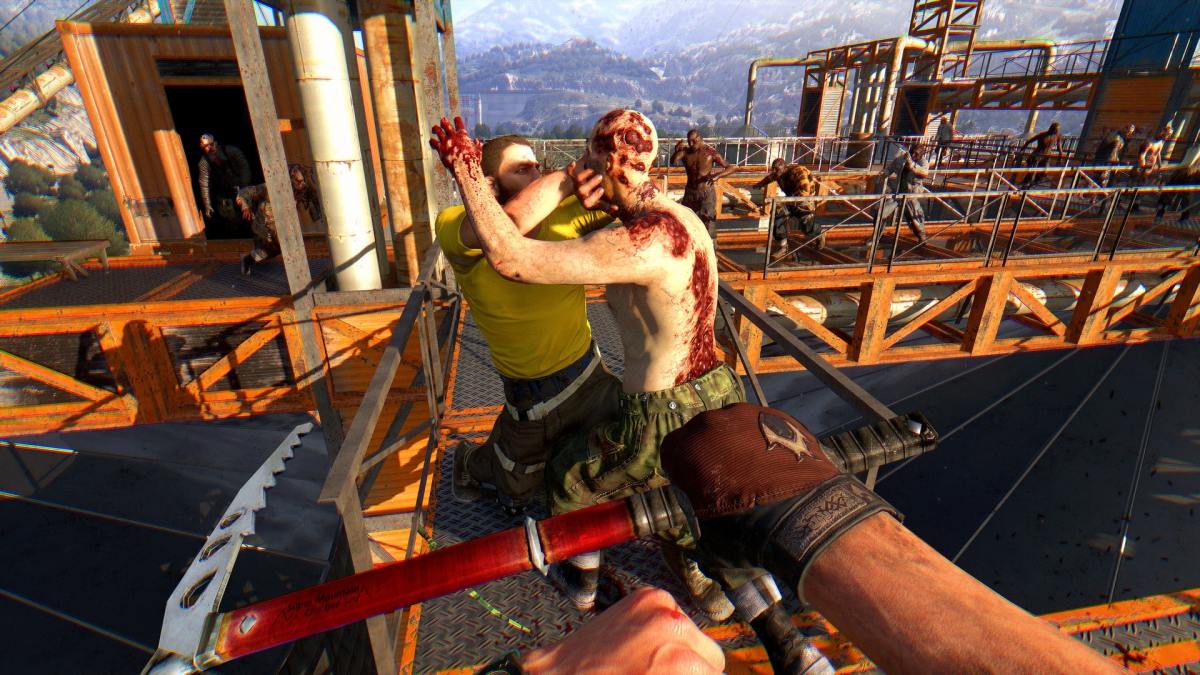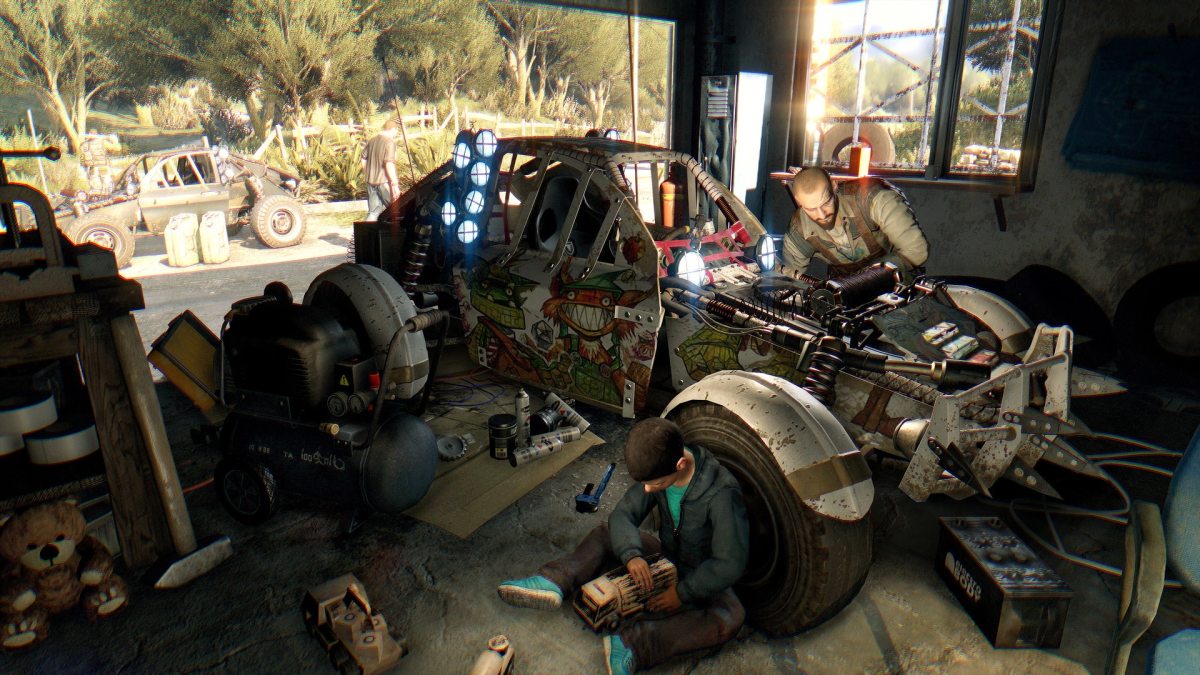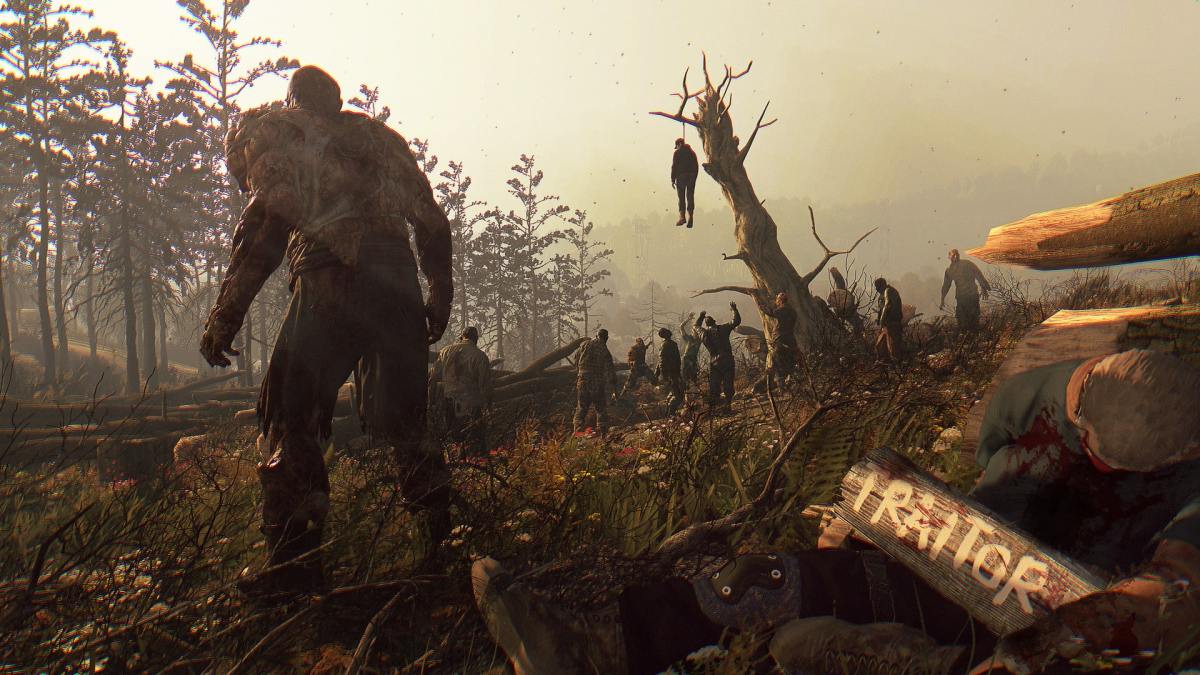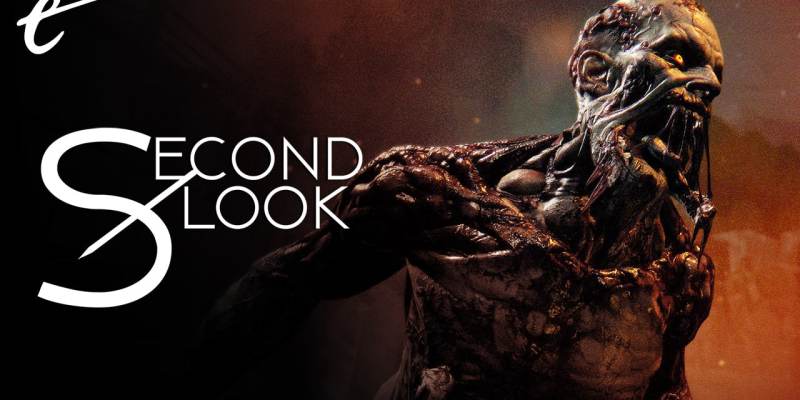Dying Light 2 Stay Human is just about here at last as the shiny sequel to Dying Light. However, Dying Light: The Following already exists, and that story expansion seems to make a sequel… unnecessary? Or maybe The Following itself is unnecessary?
Normally when a game like this receives an actual expansion pack, it’s some standalone experience. Maybe it fills a gap in the original campaign’s story or offers a new protagonist’s perspective, but these narratives rarely matter. Not so with Dying Light: The Following. Set after the events of the main game and its other extensive free and paid DLC mini-expansions, The Following sees protagonist Kyle Crane seeking a cure.
With Antizen drops stopping and more citizens falling to the “Harran Virus,” time is running out for Kyle’s friends in the city. Rumor carried by a dying smuggler reveals that someone has allegedly found a way to stop the virus from infecting farmers in a neighboring farm valley just outside the city. So, of course, you parkour your ass over there and find there’s some mysterious cult allegedly achieving these wonders.
The challenge of Dying Light: The Following is it’s trying to follow up one of the best open-world urban exploration games in years. Though the controls have aged a bit, Dying Light remains a novel experience, not due to first-person zombie bashing’n’slashing, but rather its verticality.

Existing in a truly 3D space that you can fully harness changes everything. Enemies behave differently. Safe zones can be anywhere. A clear line of sight is a rare blessing. Escaping the more dangerous “volatile” zombies is best achieved with clever navigation. The Following trades that for a buggy and mostly giant open fields, all straight out of Far Cry. There’s a single coastal town that’s interesting to explore, but it factors into maybe three quests at most.
By trading its core hook for a far more pedestrian open-world experience, The Following suffers. It’s less distinct in every regard. Enemy encounters become predictable and trite. Missions often rely on you going into some corner of space, fighting some zombies or the odd bandit, and then running back to the same few quest-givers. It has an oddly MMO-esque feel to it, making you far more keenly aware that you’re playing a game at all times.
Surely though, the sweet-ride car you receive must be used for combat, right? Yeah! For killing zombies even faster than normally running them over. At the last tier of the upgrade tree. Gosh, they were really hoping everyone playing this would hop into co-op and spend three dozen hours just mucking about between story missions. I’m not even kidding – I must’ve gotten the “Hey, did you know this game has co-op?!” prompt every 30 minutes or so. It’s not that co-op is bad in Dying Light, but it’s not a catch-all fix for these problems.
The story is stretched poorly across this thin spread of content. You can only advance the plot by earning loyalty with the cult, which is done through quests. Most are basic combat with the odd cutscene. Worse still is when The Following just throws you into either a hive of volatiles or against a big brute and all but shouts “Go get her, Ray!” as it thrusts you in.

When Dying Light: The Following finally doles out its story beats, it does so in the strangest of ways. It presents grand revelations yet treats them as perfunctory reveals. The mechanics of how the cult’s anti-zombie medicine works could’ve made for some great gameplay scenarios, but instead they are only incorporated twice.
The medicine would’ve especially helped considering how many Virals (the fast but not fastest zombies) ambush you now. They don’t have to clamber around a city to bite you, and boy do they love to interrupt anything you’re doing. Imagine if you could temporarily nullify them in a way that makes sense, as opposed to using the decoy smearing-guts technique that somehow works even if they’re standing in front of you, fully aggroed.
At any rate, the “good” ending of Dying Light: The Following finally follows through on that trusty Aliens quote: “Nuke the entire site from orbit. It’s the only way to be sure.” Because – surprise – it turns out the leader of the cult is one of the first infected, a self-aware Volatile who regains her mental faculties while under UV lighting. Although, physically, she’s a horrifying hellbeast with a tongue the size of an infant. She explains that this is what her cure’s final form is. And while she’s gained psychic telepathy and effective immortality, it’s a miserable existence.

So, you have a choice of whether or not to help her nuke the entire region, both the valley and the city, to cleanse the earth. There’s this whole deal about a prophecy, but the plot’s already gone off the rails, psychic zombie lady makes the most sense, and there’s no real way to escalate this. You can kill everyone for the greater good.
Alternatively, you can choose to fight her instead. Your reward is you become Patient Zero, a new source of infection. Though, whether you’re the Patient Zero for Dying Light 2 remains to be seen. So… almost none of this seemingly connects to Dying Light 2. This exists simply as a conclusion to the first game, in the event you didn’t just want a direct sequel, apparently.
To reiterate: Dying Light is still a great game. It has its issues, but it’s absolutely worth playing to this day. But playing Dying Light: The Following feels like a strange use of time comparatively, with all its drawn-out elements and the aggressive finality of its endings. Even if there is some conclusive catharsis in the game’s final moments, that doesn’t necessarily justify the price tag or the hours spent getting there.
